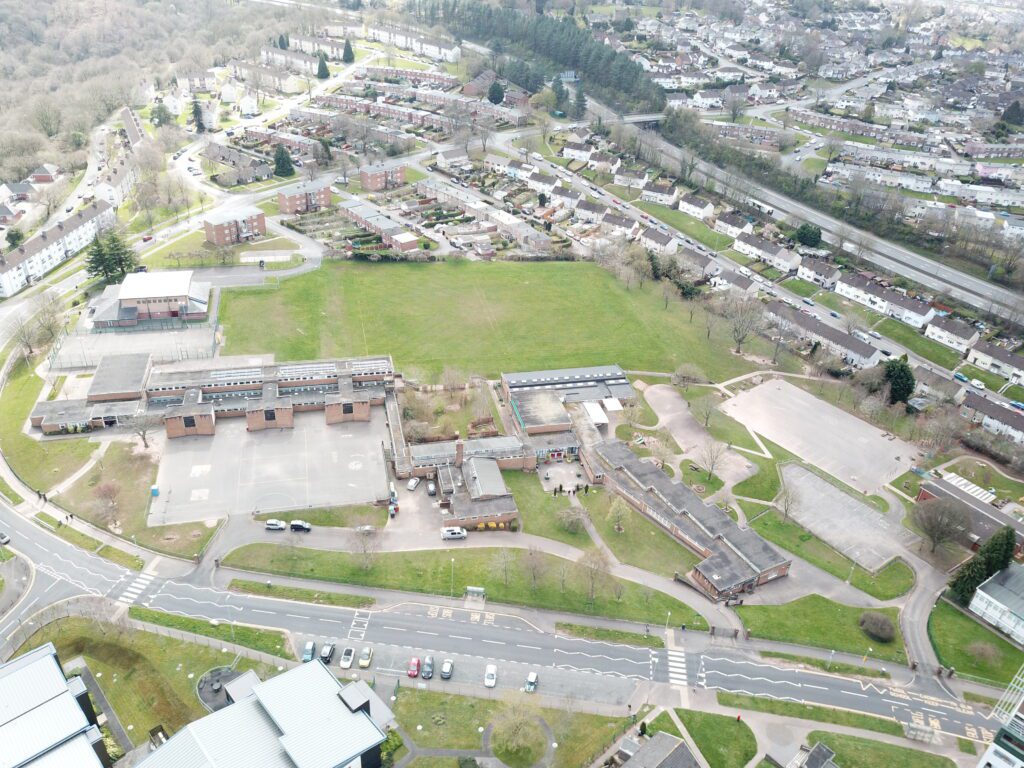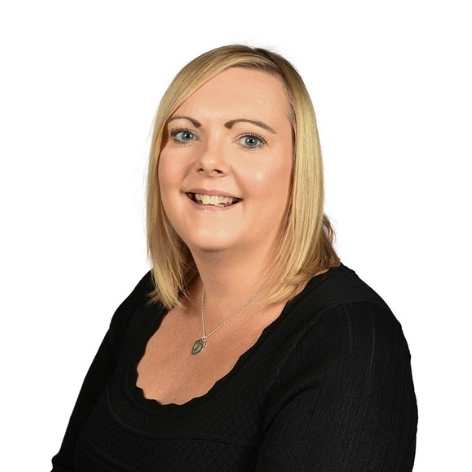Amazing school. Absolutely can’t fault it and my child is in year 4. They are always doing activities for parents and children to do. For example: pancake making where a parent got to come in and bake with their children. A cake bake off.
Family quiz nights and family bbqs. They are doing a talent show soon where most children participate in and parents can go and watch. Mr Mansfield attends everything and gets involved if he can. He is an incredible headteacher that always puts the heart of the children first. It’s personally one of the best schools around. You have nothing to worry about your child will make friends no problem. If you are worried raise it with the teacher and they will buddy them up with a friend.







